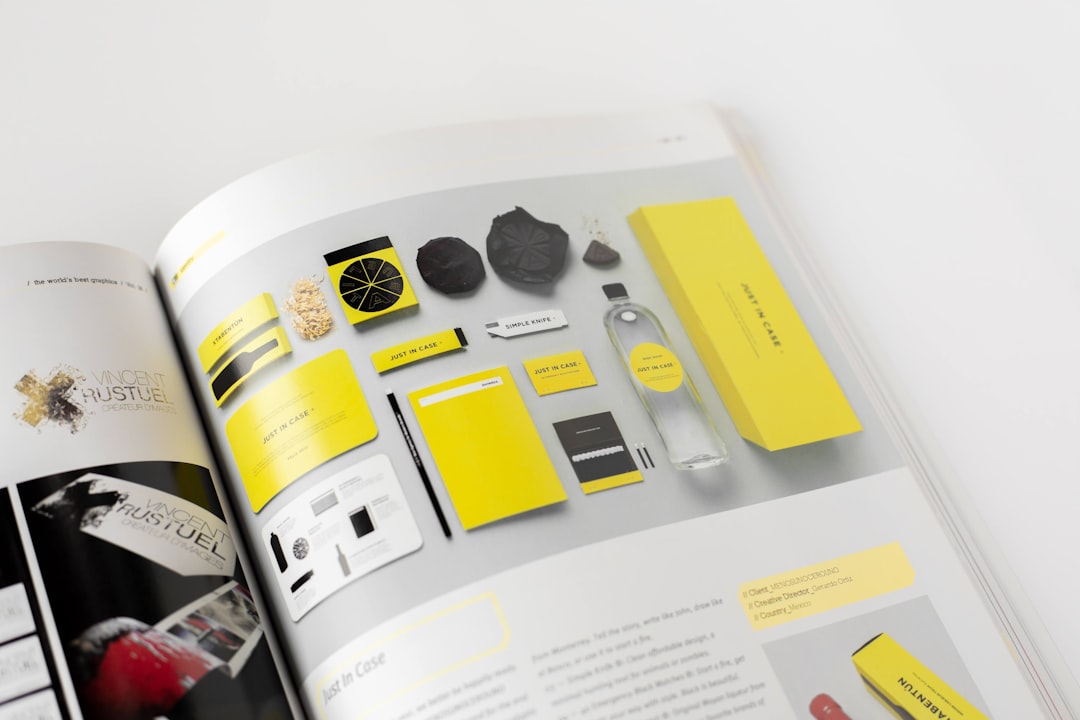Creating a brochure that not only captures attention but also drives traffic to a website is both an art and a science. In the digital age, where online presence is vital for businesses, merging offline marketing tools like brochures with digital goals like increased website visits is a smart strategy. A well-designed brochure can serve as a powerful bridge between your offline audience and your online platform.
The Role of Brochures in Digital Marketing
While most marketing efforts have shifted online, brochures remain effective in many industries. They are tangible, easy to distribute at events or locations, and help establish credibility. When designed with intent, they can act as a catalyst for encouraging people to visit your website for more information, to make a purchase, or to engage with your brand.
Design with the End Goal in Mind
Before creating a brochure, businesses need to define clear objectives. If the primary goal is to drive web traffic, every design element and piece of content must work towards that goal.
- Include a strong call-to-action (CTA): Statements like “Visit us at www.yourwebsite.com to claim your free gift” can significantly boost clicks.
- Make the website link prominent: Place the URL in multiple locations, especially on the front and back covers, and make it visually distinct.
- Use QR codes: QR codes are scannable and offer a low-effort way for readers to visit a website using their smartphones.

Use Engaging, Value-Driven Content
Quality content increases interest and encourages engagement. Focus on benefits over features and address the reader’s pain points. Use attention-grabbing headlines and break text into digestible sections using subheadings and bullet points.
- Compelling Offers: Include discounts or exclusive online content that can only be accessed via your website.
- Focus on Your Unique Value Proposition (UVP): Clearly explain what sets you apart and why they should learn more online.
- Success Stories and Testimonials: Including quotes or brief case studies adds credibility and encourages further interest.
Visual Appeal and Professional Branding
First impressions matter. Your brochure should reflect your brand identity with the appropriate colors, typography, and imagery. High-quality visuals draw attention and aid understanding.

Ensure consistent branding throughout the brochure, so when readers visit your website, they experience a seamless transition in style and messaging. This reinforces trust and improves retention.
Optimize for Conversion
The ultimate goal isn’t just to increase website visits—it’s to convert that traffic. For this, the landing pages linked from your brochure must align with its content.
- Use dedicated landing pages: Instead of sending users to your homepage, create specific landing pages to reference the offer or content mentioned in the brochure.
- Simple navigation: Help guide users quickly to their desired content or action.
- Mobile responsiveness: Many people will scan a QR code and land on your site via their phones. Ensure your site functions smoothly on mobile devices.
Measure and Improve
Use tracking tools to measure how effective your brochure is in generating web traffic. You can do this through:
- Tracked URLs: Utilize UTM parameters to trace each campaign separately in your analytics software.
- Unique QR codes: Each batch of brochures can have a unique QR code tied to a specific campaign.
This data can provide actionable insights for improving future brochures and optimizing campaigns.
Conclusion
A brochure designed with digital goals in mind can be a powerful addition to any marketing toolkit. By combining compelling visuals, strategic content, and actionable elements like URLs and QR codes, businesses can effectively guide offline audiences to engage online.
FAQs
- Q: How can I make sure the brochure actually drives web traffic?
A: Use clear calls-to-action, include QR codes, provide exclusive online offers, and design emotionally engaging content that compels the reader to act. - Q: Should I send visitors from brochures to my homepage?
A: It’s better to use a dedicated landing page that aligns with the brochure’s message. This eliminates friction and captures user interest more effectively. - Q: What should a good brochure CTA include?
A: It should include a benefit-driven reason to visit the website, such as accessing a freebie, learning more, or getting a discount. Make it urgent and easy to understand. - Q: Are QR codes still effective in brochures?
A: Absolutely. QR codes are widely used and help bridge the offline-online gap efficiently, especially when printed in an accessible and prominent location. - Q: How often should brochures be updated?
A: Ideally, brochures should be reviewed and updated every 6–12 months to ensure accuracy, up-to-date CTAs, and alignment with current marketing campaigns.
